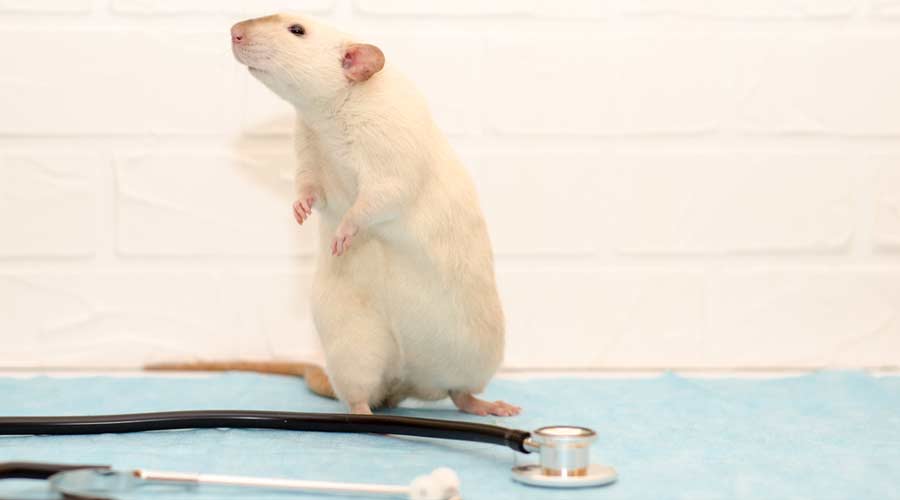Animals have a time and place, but aside from service animals, the time and place are never in a healthcare setting. When a bat entered a Louisiana hospital earlier this year, it made national headlines as it posed a significant risk to patients and staff. Fortunately, pest control professionals identified how the bats were coming into the facility and sealed the opening, and no patients or staff were harmed. But some facilities aren’t that lucky.
In 2016, a hospital in Illinois had an infestation of bats that tested positive for rabies. While there was allegedly no human contact with the bats, the local health department and hospital distributed rabies vaccines to people who might have been exposed.
It is essential that hospitals and other healthcare facilities have a pest management plan in place. This effort includes conducting regular inspections of the facility, identifying potential hotspots and communicating regularly with a pest control service.
“Regular inspections for pests, access to expert knowledge and effectively applied control are all built into a sound pest control plan,” says Nicholas H. Ellis, regional entomologist with Western Pest Services. “Having one is vital to identifying potential pest problems or conditions in areas where they are most likely to occur and then addressing them pre-emptively. A pest control plan also gives healthcare personnel the resources to eliminate pests on a reactive basis when they occur unexpectedly and without warning.”
Facility managers need to be aware of obvious locations when it comes to a pest management program: exterior doors near Dumpsters, loading docks and anywhere food could be located. Managers should have protocols in place for these areas because they are the most likely to welcome unwanted visitors. But because all the areas can serve different functions, it is not uncommon to have different plans in place to better accommodate the location.
Regular maintenance within facilities can also help prevent infestation. New hotspots can develop as buildings get older, so pests can always find a new way to enter a building.
“Invariably, hot spots are areas where conditions are most conducive to pests’ introduction or establishment,” Ellis says. “Places where pests have easy access to entry points, food, water and shelter exemplify this. There are no cons to having a pest management plan for different areas of the facility. Such an approach may be necessary given the diversity of health care settings and degrees of sensitivity within them.”
Hospitals and other healthcare facilities that don’t have a pest management plan in place face several major risks. Rats, bats and insects within facilities risk patient safety, exposing them to diseases and infections. Pests could also ruin an establishment’s reputation. Every healthcare facility must be a clean and safe environment, and not having a pest management plan in place could tarnish that.
“Without the benefit of having a professional pest control partner and plan, healthcare facilities risk having no recourse when insects and rodents appear in food preparation and serving areas, patient care areas or public spaces,” Ellis says. “A pest control plan provides facilities managers the means to prevent and mitigate pests regardless of when, where and how they appear.”
Mackenna Moralez is assistant editor with Healthcare Facilities Today.

 UF Health Hospitals Rely on Green Globes to Realize Their Full Potential
UF Health Hospitals Rely on Green Globes to Realize Their Full Potential How Healthcare Facilities Can Be Truly Disaster-Resilient
How Healthcare Facilities Can Be Truly Disaster-Resilient TriasMD Breaks Ground on DISC Surgery Center for San Fernando Valley
TriasMD Breaks Ground on DISC Surgery Center for San Fernando Valley Bigfork Valley Hospital Falls Victim to Data Breach
Bigfork Valley Hospital Falls Victim to Data Breach AI-Driven Facilities: Strategic Planning and Cost Management
AI-Driven Facilities: Strategic Planning and Cost Management